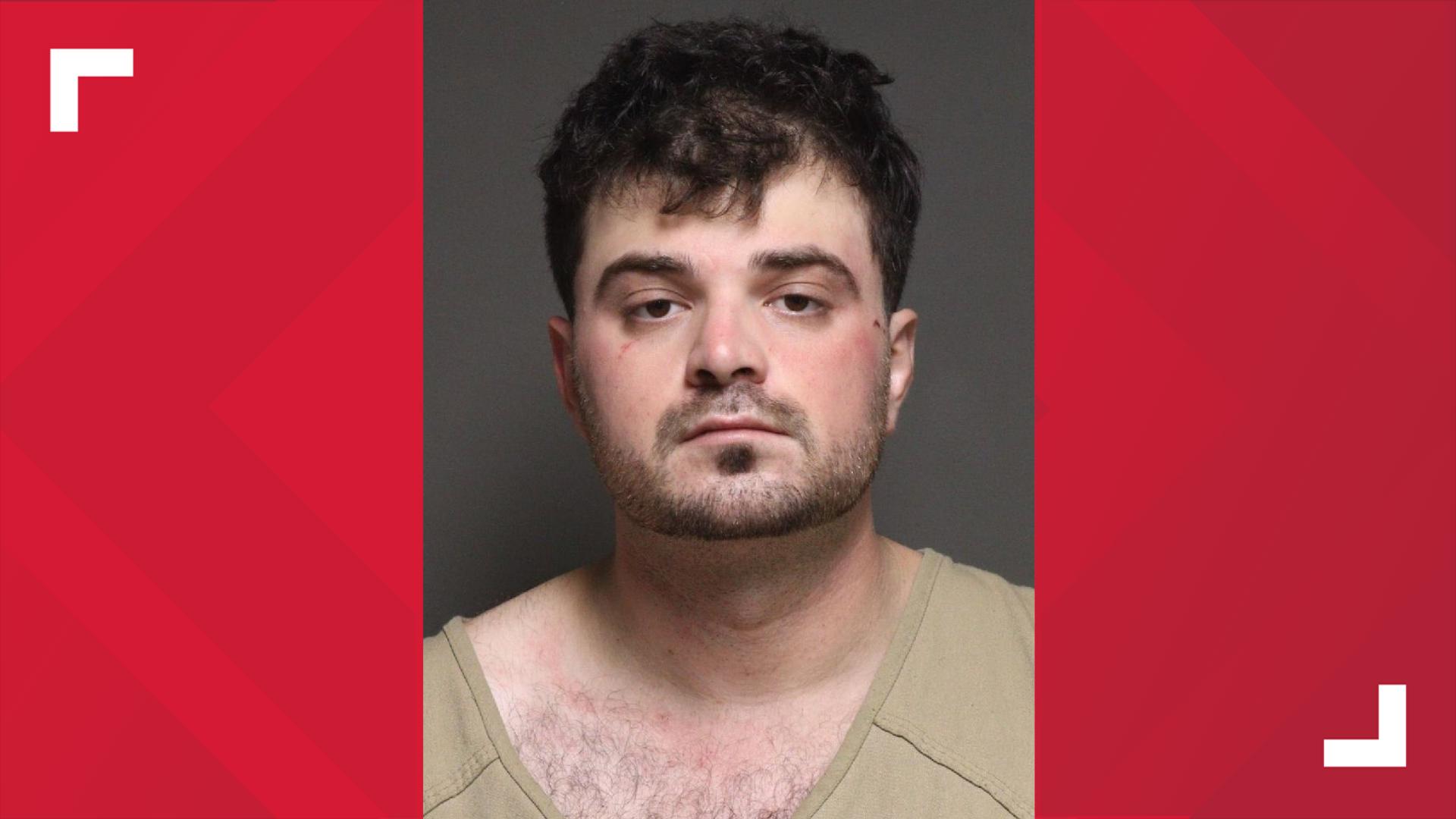When Tom and Carolyn Jones learned that dangerous vapors could be coming from their bags ofmicrowave popcorn, they abandoned their usual nightly routine.
"We went to just popping it, either in a paper bag or a popcorn popper," Carolyn Jonessaid. "We looked for other options because we were concerned of getting sick."
They were concerned because of a chemical called diacetyl, used to give microwave popcorn itsrich, buttery flavor. When it is heated, toxic vapors are released into the air.
SPECIAL SECTION: 10Investigates | SLIDESHOW: Images From Report
The vapors have caused debilitating irreversible lung damage in many popcorn factory employees,including a group from Marion, 10TV's Anietra Hamper reported.
The chemical, along with the companies that used it, made national headlines over the pastdecade because of the cases of "popcorn lung."
Since there is no government regulation concerning the use of diacetyl, there is no certaintythat workers are properly protected. Consumers also began to worry about exposure since thesame hazardous vapors in smaller concentrations are released when opening some bags ofbutter-flavored popcorn.
In an effort to calm consumer fears, some popcorn manufacturers have started replacing diacetylwith substitute ingredients. Some even launched campaigns that showed they have cut addeddiacetyl out of their product.
According to recent toxicology tests by government researchers, the replacement chemicals arejust as bad or worse.
Dr. Ann Hubbs and her team at the National Institute of Occupational Safety and Health areresearching the diacetyl substitutes. Preliminary studies of one substitute, called2,3-Pentanedione, suggest that the chemical compounds are similar to diacetyl. Laboratorytests showed that they also cause the same aggressive tissue damage.
"Pentanedyone is a little less water soluble, so it might be better able to reach the deep lung,it might actually be more dangerous than diacetyl itself," Hubbs said. "No one wants whathappened to the diacetyl workers to happen again."
NIOSH researchers at a West Virginia lab said that right now, there is no known safe replacementfor diacetyl. Essentially, companies that use them are using substitutes of unknown toxicitywhen inhaled, but specifically what they are using is protected by trade secrets, Hamperreported.
Dr. Kay Kreiss, who investigates health-hazard complaints for NIOSH, said that many times, thefood manufacturing companies don't know what diacetyl substitutes are in the flavorings theybuy.
"The practice in the industry is that if a hazard of a substitute is not known, there doesn'tseem to be any obligation to put that information that goes with that chemical to the plant,"Kreiss said.
Proper protection for the workers and information for the consuming public does not existeither.
"I think business interests do, or can supersede, public health concerns," Kreiss said.
A class-action lawsuit in California against the largest popcorn manufacturer in the U.S.,ConAgra, claims false and misleading advertising.
The lawsuit alleges that by claiming "no added diacetyl," the maker of ACT II and OrvilleRedenbacher popcorn products is using "false, misleading, deceptive and fraudulent representationsto induce members of the public to purchase the butter-flavored microwave popcorn products," thusplacing the consumer at a great health risk.
"Consumers read 'No added diacetyl,' to mean no diacetyl," said Ken McClain, an attorney. "More importantly, what we would like ConAgra and other companies to do is to actually removediacetyl containing materials from their products."
ConAgra officials told 10 Investigates that they stand behind their products.
In a statement, the company told us that while diacetyl is a naturally occurring ingredient,none of their microwave popcorn products contain added diacetyl.
According to the company, their new microwave popcorn butter flavors do not contain a specific"replacement" for diacetyl, but have been produced by rebalancing the other ingredients in theflavor.
It leaves a lot of questions for workers who handle the chemicals and consumers who have no wayof knowing which chemicals are in which products and no way to make informed choices for theirfamily's health, Hamper reported.
The Joneses are not taking any chances. Their unopened bags of pre-packaged popcorn willstay that way.
"Then, you know exactly what you're eating," Carolyn Jones said.
U.S. Sen. Sherrod Brown, an Ohio democrat, is pushing the Occupational Safety and HealthAdministration to get diacetyl off of the "generally recognized as safe" list held by the Food andDrug Administration to force companies to stop using it.
OSHA director Dr. David Michaels said that there is a challenge with the substitutes and theagency will have to develop an approach that addresses all the chemicals.
The FDA said it will look to see what, if anything should be done on the consumerside.
Right now, a consumer's only recourse is to buy or not buy a product, Hamper reported.
Stay with 10TV News and 10TV.com for continuing coverage.
Previous Stories:
February 11, 2010: 'Popcorn Lung' Chemical Affecting More Than Factory Workers
February 4 2010: Common Food Flavoring Changed Lives Forever



